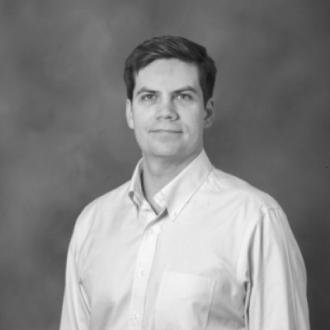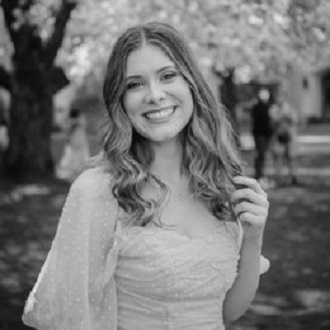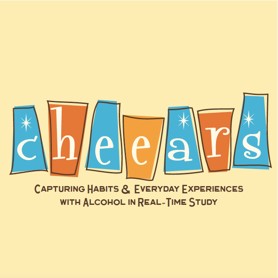 Using Smartphone Assessments for Alcohol Use
Using Smartphone Assessments for Alcohol Use
STUDY BASICS
Are you 18-25 years old and own a smartphone? You may be able to participate in a research study to understand drinking behavior in young adults. Study involves 1 in-person visit, completion of twice daily online questionnaires for 120 days, use of a Breathalyzer to record your blood alcohol content each evening and after drinking, and 3 follow-up phone/internet sessions. Compensation provided.
STUDY PURPOSE
Many young adults drink alcohol, but researchers do not fully understand why some people drink heavily and others do not. The purpose of this study is to better understand how changes in emotions, behaviors, and motivations affect drinking behavior in young adults. Researchers hope their findings lead to better ways to assess drinking patterns in the future.
COULD THIS STUDY BE RIGHT FOR YOU?
- Ages 18-25
- Use an Android or Apple smartphone
- Not currently abstaining from alcohol
- Have never been in treatment for alcohol use disorder
WHAT PARTICIPANTS CAN EXPECT
This study involves one in-person visit that will take 3-4 hours, completion of twice daily online questionnaires for 120 days, use of a Breathalyzer to record your blood alcohol content each evening and after drinking, and 3 follow-up sessions that can be completed online or by phone.
IRB: STUDY20010130
- Capturing Habits and Everyday Experiences with Alcohol in Real-Time StudyMEET THE RESEARCHER

Aidan Wright
Aidan Wright, PhD, is Associate Professor of Psychology at the University of Pittsburgh. An active researcher, Dr. Wright uses his research to better understand human personality and psychiatric disorders. By using a variety of techniques and tools, Dr. Wright aims to help promote medical knowledge about exactly what contributes to dysfunction in psychiatric diosrders, and how they can be detected and treated.
MEET THE COORDINATOR

Morgan Bryson
Morgan Bryson, BS, is the research coordinator for this project. She hopes to use her research experiences to improve mental health interventions for children and under-resourced populations.
 https://pittplusme.org/study/2044
https://pittplusme.org/study/2044
